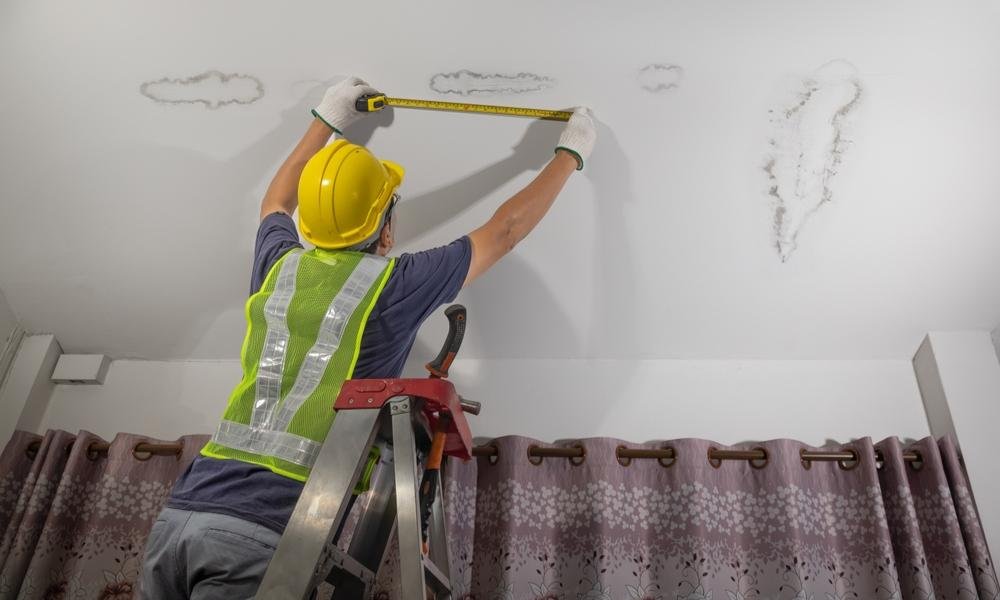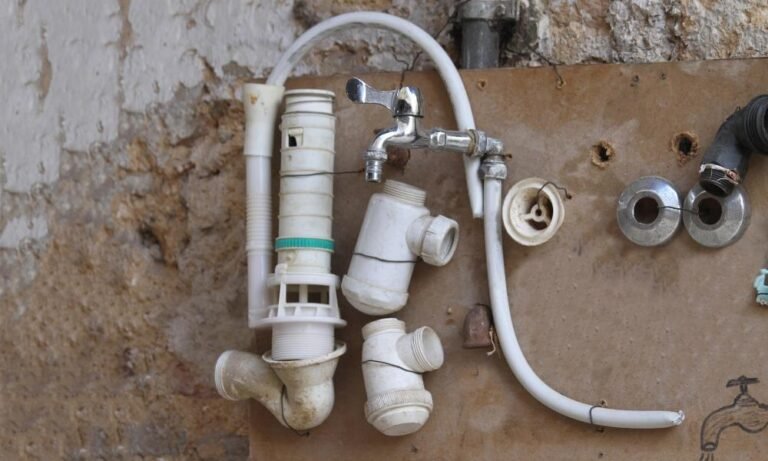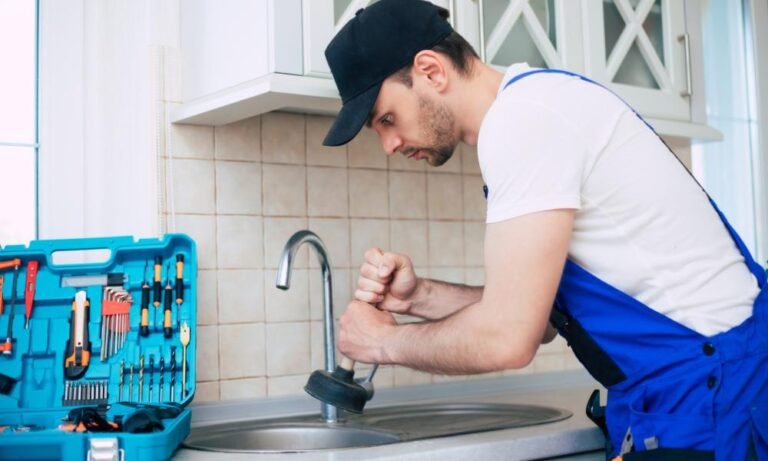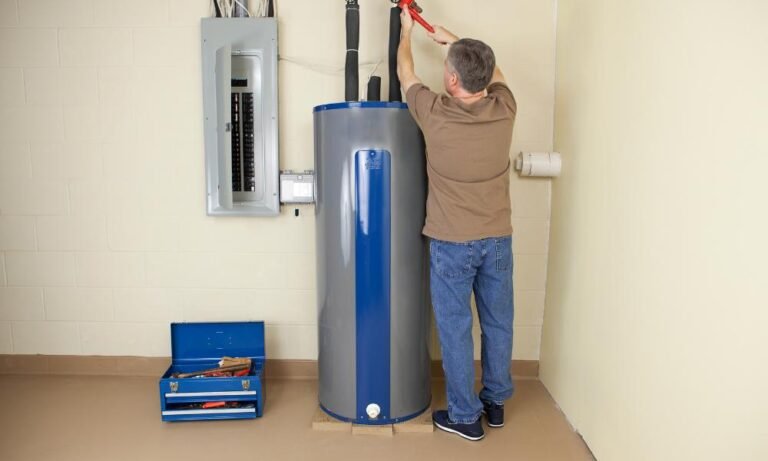Estimated reading time: 6 minutes
Water escaping unnoticed in your home can lead to costly damage, wasted resources, and potential health issues. Hidden plumbing problems, such as leaks behind walls or under floors, are often hard to detect until significant damage has occurred. The good news? With a little vigilance and the right tools, you can identify and fix these issues before they spiral out of control.
What You’ll Learn in This Guide
- The risks associated with undetected water loss in your home.
- Common sources of concealed plumbing issues and how to identify them.
- Easy methods to detect leaks using simple tools and observations.
- Preventive measures to avoid future problems.
- How and when to call a professional for assistance.
Why Hidden Water Issues Are a Big Problem
Leaks that aren’t immediately visible can create a range of problems over time. They might not seem urgent at first, but ignoring them can lead to long-term consequences. Here’s why they need your attention:
Wasted Resources
Even small leaks can waste thousands of gallons of water annually. That waste shows up in higher utility bills and unnecessary environmental impact.
Structural Damage
Water that seeps into your walls, ceilings, or floors can weaken your home’s structural integrity. Over time, this could lead to sagging floors, rotting wood, or cracked foundations.
Mold and Mildew Growth
Excess moisture is a breeding ground for mold and mildew, which not only damages your home but also poses health risks. Mold spores can aggravate allergies and respiratory conditions.
Rising Costs
Delaying repairs only makes things more expensive. Small issues can turn into major repairs, like replacing drywall or flooring, if not addressed promptly.
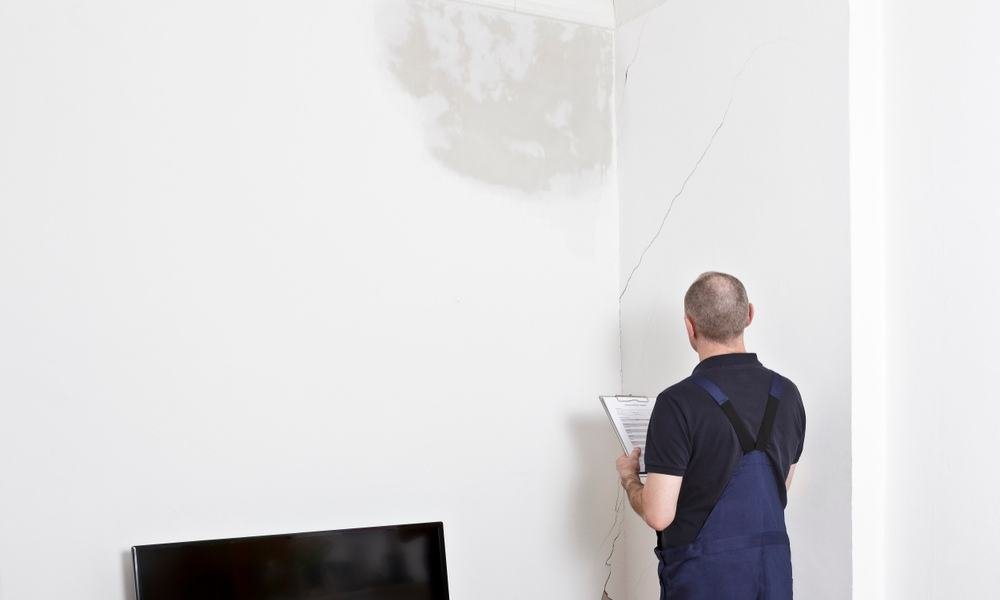
Common Sources of Hidden Leaks
Certain areas in your home are more prone to unnoticed water loss. Knowing where to look can save time and money. Some common culprits include:
- Pipes in Walls or Ceilings: These are often hidden by drywall, making leaks difficult to spot.
- Appliances: Dishwashers, refrigerators with water lines, and washing machines are frequent offenders.
- Underground Lines: Outdoor plumbing and irrigation systems can develop issues that are hard to detect.
- Toilets and Faucets: Slow leaks from worn seals or valves often go unnoticed but can waste significant amounts of water.
Signs of a Hidden Leak
Noticing small changes around your home can help you catch problems early. Here are some red flags:
Sudden Spikes in Water Bills
A sudden increase in your bill without increased usage could mean water is escaping somewhere.
Damp Spots or Discoloration
Dark or damp patches on walls, ceilings, or floors often indicate water is leaking behind the scenes.
Persistent Musty Smell
A musty or moldy odor in specific areas of your home could be a sign of trapped moisture.
Unexplained Low Pressure
A drop in water pressure might signal a leak in your supply lines, reducing the flow to your faucets and showers.
Sounds of Water Flow
Hearing water running when all your taps are off is a strong indicator of a hidden problem.
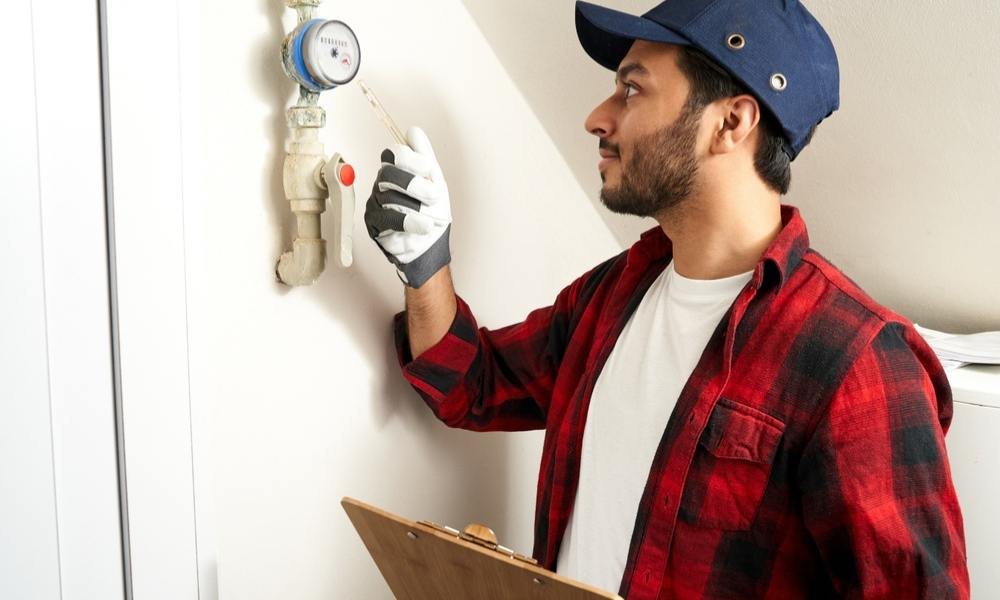
How to Detect Hidden Leaks
You don’t need to be a professional to locate concealed plumbing issues. These simple methods can help:
Check the Water Meter
Turn off all taps and water-using appliances. Then, take a meter reading. Wait an hour without using any water and check again. If the reading changes, there’s likely a leak.
Inspect Walls and Ceilings
Look for stains, peeling paint, or warped drywall. These signs often point to moisture behind the surface.
Use a Toilet Dye Test
Add a few drops of food coloring to your toilet tank. Wait 30 minutes without flushing. If the color appears in the bowl, you’ve got a leak.
Install Smart Leak Detectors
Devices like water sensors can alert you to leaks in areas like under sinks, near water heaters, or behind appliances.
Professional Detection Tools
If you suspect a problem but can’t find the source, consider hiring a plumber. They use advanced tools like thermal imaging and acoustic sensors to pinpoint leaks without tearing into walls.
Preventing Future Problems
Stopping leaks before they happen is the best way to protect your home. Here are some proactive measures:
Regular Inspections
Check appliances, pipes, and fixtures regularly for signs of wear. Replace old hoses or corroded pipes to avoid leaks.
Winterize Your Plumbing
Insulate exposed pipes during cold months to prevent freezing and bursting.
Monitor Your Water Usage
Keep an eye on your monthly bills. An unexplained spike could indicate an issue.
Install Shut-Off Valves
Adding valves to high-risk areas, like under sinks, can make it easier to isolate and fix problems.
What to Do If You Find a Leak
Once you’ve identified a leak, acting quickly can minimize the damage. Follow these steps:
Shut Off the Water: Use the main valve to stop the flow.
Contain the Damage: Use towels or buckets to absorb water and prevent further spread.
Call a Professional: For significant issues, a licensed plumber can provide effective repairs.
Dry the Area: Prevent mold by thoroughly drying affected spaces using fans or a dehumidifier.
Why Professional Help Matters
While DIY solutions can work for smaller issues, complex or concealed leaks often require expert tools and skills. A professional plumber can accurately locate and repair leaks, preventing further damage and ensuring your home stays safe.
FAQs
Q: How do I know if I have a hidden water problem?
Look for damp spots, increased bills, or musty smells. You can also use your water meter to confirm unusual usage.
Q: Are small leaks worth fixing?
Absolutely. Even minor leaks waste water, increase your bills, and can lead to bigger problems over time.
Q: How often should I inspect my plumbing?
Conduct inspections annually or whenever you notice signs of potential leaks.
Conclusion
Hidden water leaks can cause extensive damage if left unchecked, but with vigilance and the right tools, you can protect your home. By watching for warning signs, taking preventive measures, and addressing issues promptly, you’ll save yourself from costly repairs and unnecessary stress.
If you suspect a hidden issue but can’t locate the source, don’t hesitate to call a professional plumber. Their expertise can make all the difference in keeping your home safe, dry, and leak-free.
